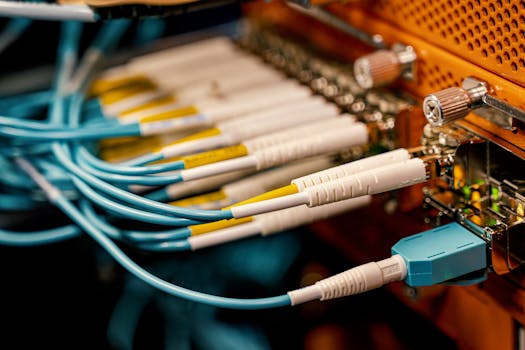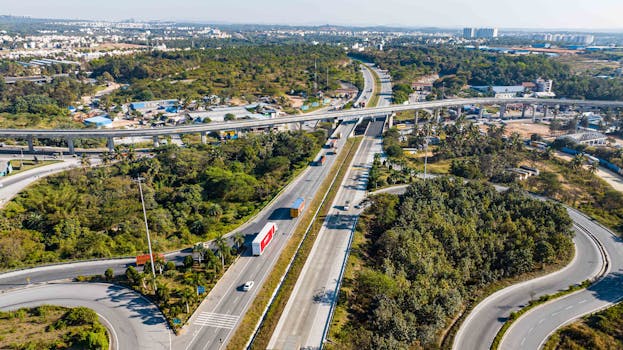
Mapping the Fiber Landscape: Key Players and Projects Across Africa
Mapping the Fiber Landscape: Key Players and Projects Across Africa is a crucial aspect of understanding the rapidly evolving connectivity landscape of the continent. Africa’s fiber landscape is rapidly evolving, with numerous key players and projects driving growth and development across the continent. The increased demand for high-speed internet and reliable connectivity has led to a surge in fiber optic infrastructure development, with many countries investing heavily in this sector.
The growth of fiber optic infrastructure in Africa is being driven by a combination of factors, including government initiatives, private sector investment, and international cooperation. Many African governments have recognized the importance of fiber optic infrastructure in driving economic growth, improving healthcare and education, and enhancing overall quality of life. As a result, they have implemented policies and regulations to support the development of fiber optic networks, such as tax incentives, spectrum allocation, and investment in digital infrastructure.
Key Players in Africa’s Fiber Landscape
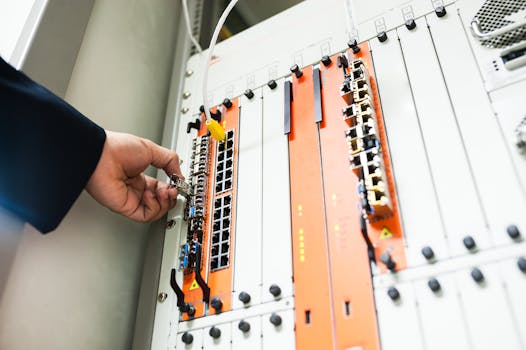
There are several key players in Africa’s fiber landscape, including telecommunications companies, internet service providers, and infrastructure developers. Some of the major players include MTN, Vodacom, Orange, and Liquid Telecom. These companies are investing heavily in fiber optic infrastructure, including undersea cables, terrestrial fiber networks, and last-mile connectivity solutions.
MTN, for example, has launched a number of initiatives aimed at expanding its fiber optic network across Africa. The company has invested in several undersea cables, including the West Africa Cable System (WACS) and the Africa Coast to Europe (ACE) cable. It has also launched a number of terrestrial fiber networks, including the MTN Fiber Network, which spans across several African countries.
Liquid Telecom, on the other hand, has focused on developing terrestrial fiber networks, with a particular emphasis on connecting African countries to the rest of the world. The company has built a pan-African fiber network that spans over 70,000 kilometers, connecting countries such as South Africa, Kenya, and Egypt.
Notable Projects in Africa’s Fiber Landscape
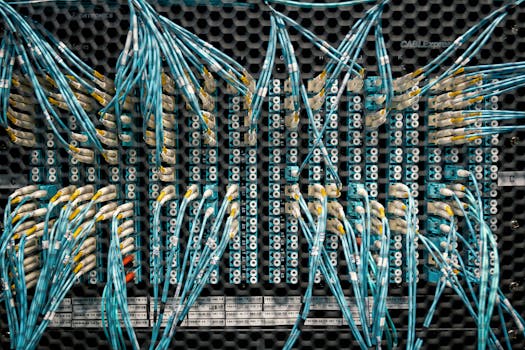
There are several notable projects in Africa’s fiber landscape, including the Africa Coast to Europe (ACE) cable, the West Africa Cable System (WACS), and the Eastern Africa Submarine Cable System (EASSy). The ACE cable, for example, is a 17,000-kilometer undersea cable that connects Africa to Europe, with landing points in 18 countries. The WACS cable, on the other hand, is a 14,000-kilometer undersea cable that connects West Africa to Europe, with landing points in 12 countries.
The EASSy cable is a 10,000-kilometer undersea cable that connects Eastern Africa to Europe, with landing points in 9 countries. The cable has been instrumental in improving connectivity in the region, with many countries experiencing significant reductions in internet costs and improvements in internet speeds.
Challenges and Opportunities in Africa’s Fiber Landscape
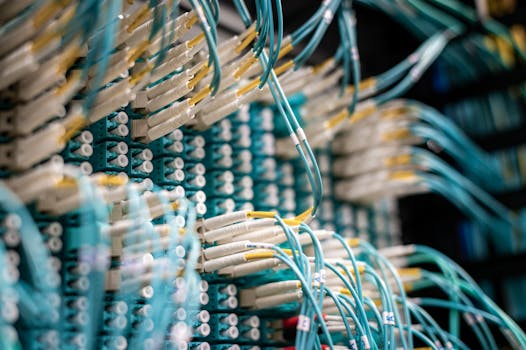
Despite the progress being made in Africa’s fiber landscape, there are still several challenges that need to be addressed. One of the major challenges is the lack of infrastructure in rural areas, where many communities lack access to reliable and affordable internet connectivity. This has resulted in a significant digital divide, with many Africans unable to access basic online services such as email, social media, and online banking.
Another challenge is the high cost of internet connectivity, which remains a significant barrier to adoption in many African countries. The cost of internet connectivity is often prohibitively expensive, with many Africans unable to afford even the most basic internet packages.
However, there are also many opportunities in Africa’s fiber landscape, particularly in the areas of e-commerce, online education, and telemedicine. The growth of e-commerce, for example, has created new opportunities for African businesses to reach global markets, with many companies using online platforms to sell their products and services.
Online education is also becoming increasingly popular, with many African universities and institutions offering online courses and degree programs. This has created new opportunities for Africans to access high-quality education, regardless of their location or financial means.
Conclusion
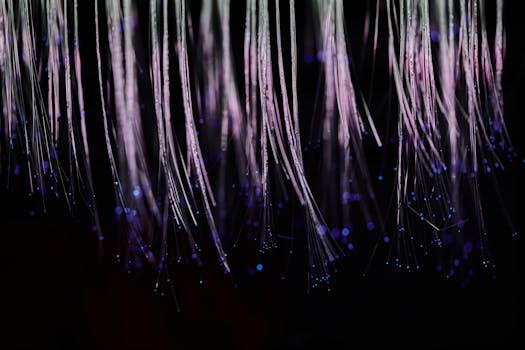
In conclusion, Mapping the Fiber Landscape: Key Players and Projects Across Africa is a complex and rapidly evolving field, with many key players and projects driving growth and development across the continent. While there are still several challenges that need to be addressed, there are also many opportunities for innovation and investment in this sector.
See more:
